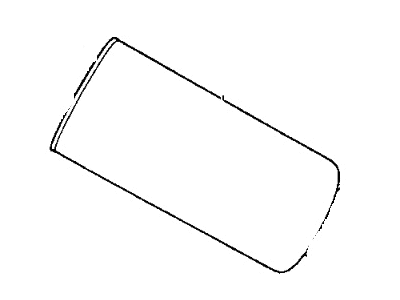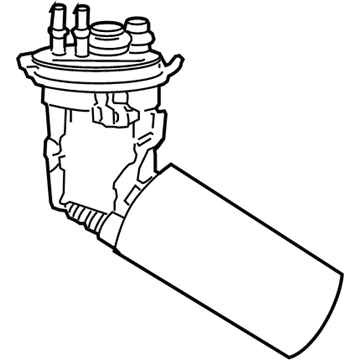×
- Live Chat
- 1-888-511-3595

My Garage
My Account
Cart
Genuine Dodge Neon Fuel Pump
Gas Pump- Select Vehicle by Model
- Select Vehicle by VIN
Select Vehicle by Model
orMake
Model
Year
Select Vehicle by VIN
For the most accurate results, select vehicle by your VIN (Vehicle Identification Number).
6 Fuel Pumps found
Dodge Neon Fuel Pump/Level Module Kit
Part Number: 5018704AA$79.07 MSRP: $100.62You Save: $21.55 (22%)Dodge Neon Fuel Pump Module And Level Unit
Part Number: R4798485$48.21 MSRP: $61.35You Save: $13.14 (22%)Dodge Neon Original Fuel Pump Assembly
Part Number: 4864035$298.92 MSRP: $344.00You Save: $45.08 (14%)
Dodge Neon Fuel Pump
The Fuel Pump of Dodge Neon vehicles is involved in the delivery of fuel from the tank to the carburetor or the fuel injectors. While on fuel injection, electric pumps are employed, mechanical pumps are on carbureted engines. Its major purpose is to prime and to circulate the fuel and at the same time to clean the fuel so that it can burn properly. Dodge Neon has several replacement fuel modules, hanger assembly, and separate pump for the different demands. Dodge right handy with materials such as the high flow mechanical pumps or in-tank electric pumps for the Neon. Also, performance fuel pumps are rated in GPH or LPH to specify the amount of fuel flow and pressure according to the engine horsepower.
Looking for affordable and high-quality auto parts? Then you have already arrived at the proper online shop. We offer all Dodge Neon Fuel Pump at great affordable prices. Moreover, all genuine Dodge Neon Fuel Pump come with a manufacturer's warranty. In the long run, you would realize you have saved a lot of trouble and money with OEM parts from here.
Dodge Neon Fuel Pump Parts Questions & Experts Answers
- Q: How to Replace the Fuel Pump/Fuel Level Sending Unit Module on Dodge Neon?A: To begin, relieve the system fuel pressure. Before removing the fuel pump/fuel level sending unit module, make an alignment mark on top of the Fuel Tank to ensure correct realignment during installation. Loosen the fuel pump/fuel level sending unit locknut with a pair of large water pump pliers. Remove the fuel tank carefully, ensuring not to damage the fuel pump inlet strainer or bend the sending unit float arm. If replacing either the fuel pump or the fuel level sending unit, separate the two components. Inspect the pump inlet strainer while the pump is removed, ensuring it is not clogged or damaged. If dirty, wash it in clean solvent or replace it if still clogged. Finally, during installation, tighten the fuel pump/fuel level sending unit locknut securely.
- Q: How to Remove and Install the Fuel Pump/Fuel Level Sending Unit on Dodge Neon?A: Depress the connector tab and remove the fuel pump/Fuel Level Sensor electrical connector. Use a terminal remover tool to remove the terminals. Depress the tab and slide the Fuel Level Sensor out. Place the electrical leads in the groove and slide it up until it snaps into place. Push the Sensor wires up until they lock into place. Install the locking wedge and push the connector back up. Finally, install the fuel pump/Fuel Level Sensor assembly.
- Q: How Can I Check for Fuel Pump on Dodge Neon?A: Check the battery, fuel filter, fuel line, hoses, and quick-connect fittings. Have an assistant turn the ignition switch to ON to verify the fuel pump is running. Relieve the fuel system pressure and connect a fuel pressure gauge to the test port on the fuel rail. Check for leaks in the fuel line, hoses, connectors, and fuel injectors. Inspect the fuel strainer and consider replacing the fuel pump module. Check the fuel pump fuse and relay.


















